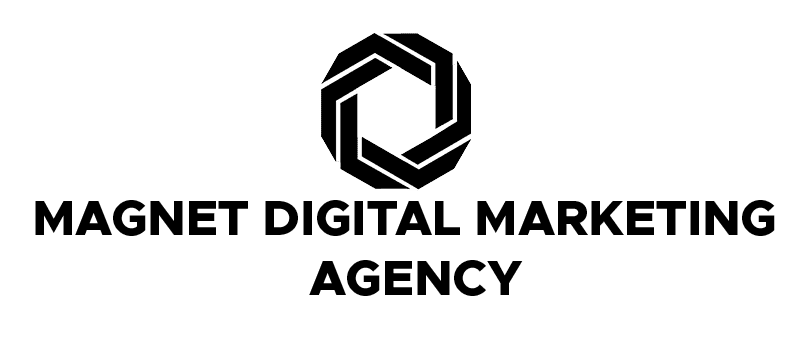Creating great content is only half the battle—the other half is having a clear plan to ensure your content reaches the right audience and drives meaningful results. A content strategy is the blueprint that guides your content creation, distribution, and optimization efforts. It ensures every piece of content you create aligns with your business goals, resonates with your audience, and delivers measurable results. Without a strategy, your content efforts can feel scattered and ineffective.
What is a Content Strategy?
A content strategy is a detailed plan that outlines your content goals, target audience, content themes, publishing schedule, and distribution channels. It’s the foundation of your content marketing efforts, ensuring your content is purposeful, consistent, and impactful.
Why a Content Strategy Matters
Aligns Content with Goals: A strategy ensures your content supports your business objectives, whether it’s driving traffic, generating leads, or building brand awareness.
Understands Your Audience: By defining your target audience, you can create content that resonates with their needs, interests, and pain points.
Improves Consistency: A content calendar helps you publish regularly and maintain a consistent brand voice.
Maximizes ROI: A well-planned strategy ensures your content delivers measurable results, such as increased traffic, engagement, or conversions.
How to Build a Content Strategy
Define Your Goals:
Start by identifying what you want to achieve with your content. Common goals include increasing brand awareness, driving website traffic, generating leads, or boosting sales. Make your goals SMART: Specific, Measurable, Achievable, Relevant, and Time-bound.
Understand Your Audience:
Research your target audience to understand their demographics, interests, and behaviors. Create buyer personas to represent your ideal customers and tailor your content to their needs.
Conduct a Content Audit:
Review your existing content to identify what’s working and what’s not. Look for gaps in your content and opportunities to repurpose or update older pieces.
Choose Content Themes:
Identify the key topics and themes that align with your audience’s interests and your business goals. For example, a digital marketing agency might focus on themes like SEO, social media, and content marketing.
Create a Content Calendar:
Plan your content in advance using a content calendar. Include details like publication dates, content formats, and distribution channels. This ensures consistency and helps you stay organized.
Distribute and Promote Your Content:
Share your content on the right platforms, whether it’s your blog, social media, email newsletters, or third-party sites. Use paid promotion to amplify your reach.
Measure and Optimize:
Use analytics tools to track your content’s performance. Key metrics include traffic, engagement, and conversions. Regularly review your results and adjust your strategy as needed.
Pro Tips for Building a Content Strategy
Focus on Quality Over Quantity: It’s better to create fewer high-quality pieces than many low-quality ones.
Repurpose Content: Turn a blog post into a video, an infographic, or a social media series to maximize its reach.
Leverage User-Generated Content: Encourage your audience to create and share content about your brand.
Stay Consistent: Consistency builds trust and keeps your audience engaged.
How a Content Strategy Fits into Your Overall Strategy
A content strategy is the backbone of your content marketing efforts. To maximize its impact, you’ll also need to:
 seolounge
seolounge




Leave a Reply